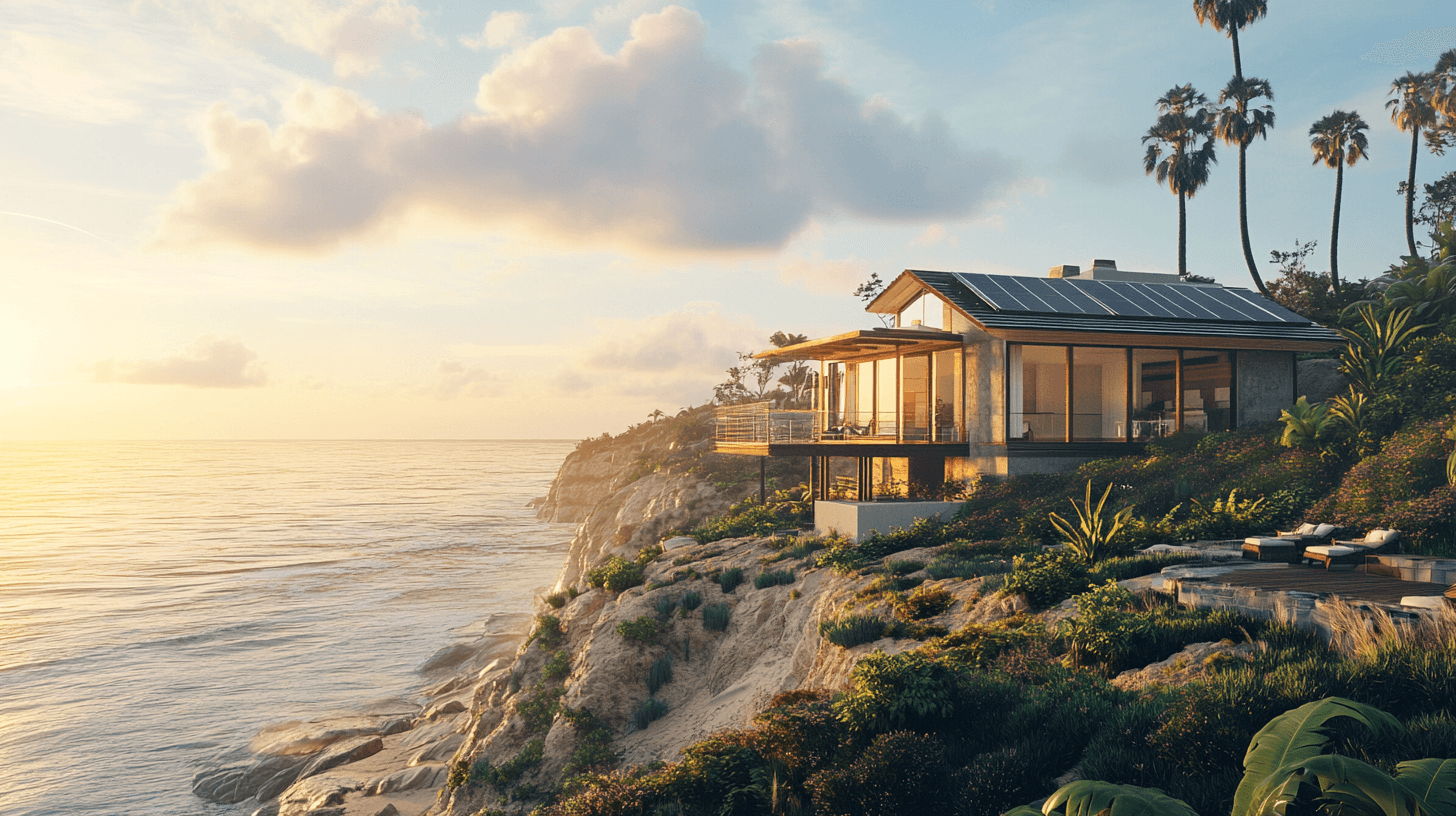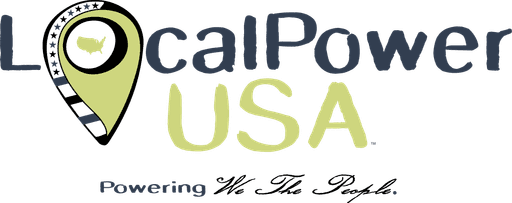Jan 7, 2025
In the spirit of energy independence, many homeowners are asking themselves: "How much of my solar installation can I do myself?" It's a great question, and as someone passionate about both solar power and DIY projects, I'm here to give you the straight truth about what you can tackle yourself and what's best left to the professionals.
Let's start with what you absolutely can do yourself:
Site assessment is a great DIY starting point. You can analyze your roof's sun exposure, track shading patterns throughout the day, and calculate your energy needs. Using free online tools and smartphone apps, you can gather valuable data about your property's solar potential. This homework will make you a more informed consumer, even if you ultimately hire professionals.
System design planning is another area where homeowners can take initiative. You can research panel types, calculate optimal array sizes, and plan general layout configurations. Understanding your home's energy consumption patterns and planning for future needs (like electric vehicle charging) helps create a system that truly meets your needs.
Basic electrical prep work offers DIY opportunities. Analyzing your current electrical system, identifying potential upgrade needs, and organizing your energy consumption data are all valuable steps you can take. You can even install energy monitoring systems to get detailed usage data.
But here's where you need to pump the brakes:
Rooftop installation is not a DIY project. Period. This isn't just about safety (though that's crucial) – it's about structural integrity, waterproofing, and warranty preservation. A single incorrectly sealed mounting point can cause years of hidden water damage. Professional installers carry insurance and provide warranties that protect your home and investment.
Main electrical work must be done by licensed professionals. Working with high-voltage DC power is dangerous, and most jurisdictions require licensed electricians for solar installations. Improper wiring can create fire hazards, void insurance coverage, and even create dangers for utility workers during power outages.
Grid interconnection paperwork and inspections require professional oversight. While you can educate yourself about the process, final connections and approvals need certified professionals. This ensures safety and compliance with local utilities and building codes.
Here's what you can do to maximize your DIY involvement while staying safe:
1. Become your own project manager. Research, plan, and coordinate between different contractors. Understanding the process helps you make informed decisions and potentially save money.
2. Handle the incentive paperwork. While professionals can guide you, you can take charge of applying for tax credits, rebates, and other incentives.
3. Set up monitoring systems. Once installed, you can learn to track your system's performance and optimize its operation.
4. Perform basic maintenance. After proper training, you can handle panel cleaning and routine visual inspections.
Smart DIY preparation can save money without compromising safety:
- Create detailed documentation of your electrical usage
- Research local building codes and requirements
- Get multiple professional quotes and understand what they include
- Plan future energy needs and system expansion possibilities
- Learn about monitoring and maintenance requirements
Remember: DIY doesn't mean doing everything yourself. It means being an informed, involved homeowner who understands their system while respecting the need for professional expertise where it matters. The goal is energy independence, not risky shortcuts.
Here's a pro tip: Some solar companies offer "DIY assistance" programs where they handle critical safety and technical aspects while allowing homeowners to participate in appropriate ways. This can be the perfect middle ground between full DIY and complete hands-off installation.
The solar industry needs informed, engaged homeowners who understand their systems. By focusing your DIY energy on appropriate aspects of solar installation, you can save money and gain valuable knowledge while ensuring your system is safe and reliable.
Remember: the most successful solar installations combine homeowner involvement with professional expertise. Know your limits, respect the complexity of the technology, and focus your DIY efforts where they'll be most effective and safe.
In the spirit of energy independence, many homeowners are asking themselves: "How much of my solar installation can I do myself?" It's a great question, and as someone passionate about both solar power and DIY projects, I'm here to give you the straight truth about what you can tackle yourself and what's best left to the professionals.
Let's start with what you absolutely can do yourself:
Site assessment is a great DIY starting point. You can analyze your roof's sun exposure, track shading patterns throughout the day, and calculate your energy needs. Using free online tools and smartphone apps, you can gather valuable data about your property's solar potential. This homework will make you a more informed consumer, even if you ultimately hire professionals.
System design planning is another area where homeowners can take initiative. You can research panel types, calculate optimal array sizes, and plan general layout configurations. Understanding your home's energy consumption patterns and planning for future needs (like electric vehicle charging) helps create a system that truly meets your needs.
Basic electrical prep work offers DIY opportunities. Analyzing your current electrical system, identifying potential upgrade needs, and organizing your energy consumption data are all valuable steps you can take. You can even install energy monitoring systems to get detailed usage data.
But here's where you need to pump the brakes:
Rooftop installation is not a DIY project. Period. This isn't just about safety (though that's crucial) – it's about structural integrity, waterproofing, and warranty preservation. A single incorrectly sealed mounting point can cause years of hidden water damage. Professional installers carry insurance and provide warranties that protect your home and investment.
Main electrical work must be done by licensed professionals. Working with high-voltage DC power is dangerous, and most jurisdictions require licensed electricians for solar installations. Improper wiring can create fire hazards, void insurance coverage, and even create dangers for utility workers during power outages.
Grid interconnection paperwork and inspections require professional oversight. While you can educate yourself about the process, final connections and approvals need certified professionals. This ensures safety and compliance with local utilities and building codes.
Here's what you can do to maximize your DIY involvement while staying safe:
1. Become your own project manager. Research, plan, and coordinate between different contractors. Understanding the process helps you make informed decisions and potentially save money.
2. Handle the incentive paperwork. While professionals can guide you, you can take charge of applying for tax credits, rebates, and other incentives.
3. Set up monitoring systems. Once installed, you can learn to track your system's performance and optimize its operation.
4. Perform basic maintenance. After proper training, you can handle panel cleaning and routine visual inspections.
Smart DIY preparation can save money without compromising safety:
- Create detailed documentation of your electrical usage
- Research local building codes and requirements
- Get multiple professional quotes and understand what they include
- Plan future energy needs and system expansion possibilities
- Learn about monitoring and maintenance requirements
Remember: DIY doesn't mean doing everything yourself. It means being an informed, involved homeowner who understands their system while respecting the need for professional expertise where it matters. The goal is energy independence, not risky shortcuts.
Here's a pro tip: Some solar companies offer "DIY assistance" programs where they handle critical safety and technical aspects while allowing homeowners to participate in appropriate ways. This can be the perfect middle ground between full DIY and complete hands-off installation.
The solar industry needs informed, engaged homeowners who understand their systems. By focusing your DIY energy on appropriate aspects of solar installation, you can save money and gain valuable knowledge while ensuring your system is safe and reliable.
Remember: the most successful solar installations combine homeowner involvement with professional expertise. Know your limits, respect the complexity of the technology, and focus your DIY efforts where they'll be most effective and safe.




















